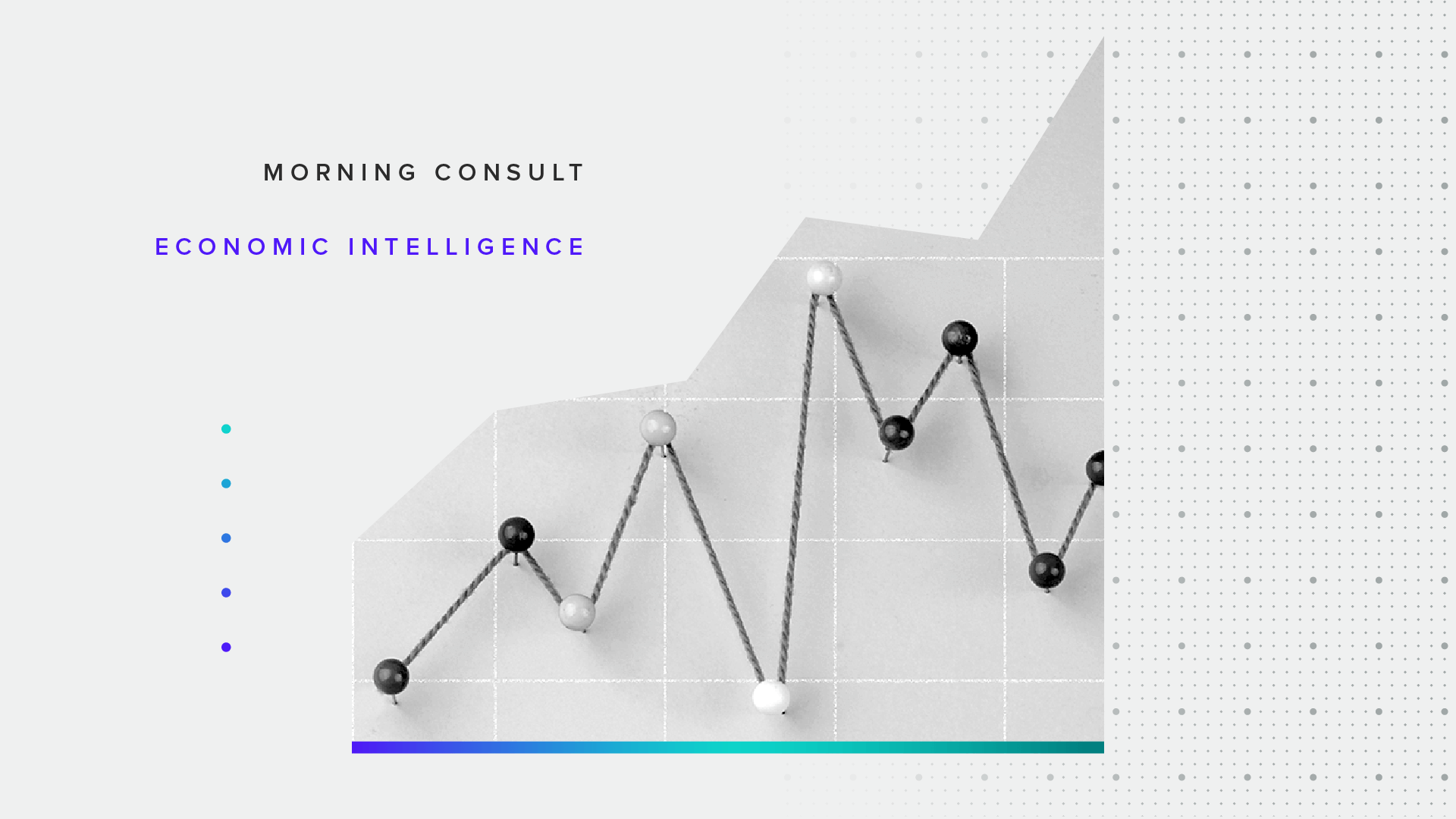Middle-Income Consumer Shopping Behaviors and Attitudes

Key Takeaways
Consumer confidence trends for middle-income consumers, or those in households earning between $50,000 and $100,00 annually, look more similar to low-income households than high-income.
A demographic and behavioral data dive reveals that some behaviors, like Amazon Prime usage, mirror high-income households, where others, like media consumption, split the difference between higher and lower earners.
Middle-income consumers share some of the same outlooks and values of high-income shoppers, but their practical reality is more akin to low-income consumers.
Abating inflation means that consumer sentiment is recovering, albeit unevenly. Morning Consult’s economists have covered sentiment trends in depth. One critical trend: consumer sentiment is rising for high earners, or those in households making at least $100,000 annually. Meanwhile, those in the middle, earning between $50,000 and $100,000 annually, increasingly look like lower income shoppers in terms of consumer sentiment and price sensitivity.
With that context, it’s high time we take a deeper look at the murky middle, a cohort that shape shifts, mirroring their higher or lower income peers in different contexts. Of course, they often just split the difference.
Middle-income consumer demographics reflect life stage, marital status and educational attainment
The demographic profile of middle-income Americans sheds light on the individuals in the murky middle. On some variables like gender, they do fall right between their high- and low-income counterparts at a near 50-50 split. Their age range breaks that trend, where middle-income consumers are more likely to fall into the baby boomer generation, given that baby boomers are likely to be retired and bring in less than they were in their earning years.
Demographics of middle-income households

Family status and income are directly related, given that those in married couples naturally have a higher combined household income than those who are single. Similarly, educational attainment has a direct relationship with income, as income increases for those with advanced degrees.
High frequency online shopping cuts across income cohorts
Shopping online at least daily is a…unique behavioral cohort that stretches across all income groups. Fairly even shares of consumers in each economic group report shopping via mobile apps, using Amazon Prime and making purchases on social media several times a day. This data captures purchase volume, not dollar amount, so it’s a reflection of those who frequently enjoy the convenience of online shopping.
Digital shopping behaviors of middle-income consumers

More differentiation appears at the more common weekly and monthly shopping cadences. For Amazon Prime usage in particular, middle-income shoppers look more similar to those in high-income households. Conversely Walmart+ usage is much more evenly distributed across income groups, at a slightly lower annual cost than Amazon Prime ($98 versus $139). That $41 is likely just enough to price out the low income group.
YouTube, Facebook, TikTok and Peacock unify consumers across income brackets
YouTube and Facebook are used so universally that there’s no meaningful differentiation among their users by income level. Other social platforms see users scale up with income. High-income consumers use LinkedIn at much higher rates, given the emphasis on white collar professionals. Yelp connects users to restaurant reviews, so it makes sense that high income users who dine out more often also use the platform at higher rates. TikTok is the lone social app platform where low-income users over index.
Media diets of middle-income consumers

Media platforms that offer free content, like Peacock, Roku and Pandora, see less differentiation across income brackets. Middle-income viewers still pay up for the most popular content platforms, including Netflix, Hulu and Disney+, though high earners lead the way across all paid subscriptions.
The psychographic profile of middle-income consumers mirrors their high-income peers, but their consumption differs
When asked about their outlook for the future, 86% of middle-income consumers say that planning for the future is very important to them, exceeding the share of the general population who hold that view. Here, middle-income consumers look more similar to high-income households. That trend holds true for some consumption attitudes, such as being willing to pay more for comfort and quality.
Outlook and attitudes of middle-income consumers

Middle-income consumers look more like the general population and low-income consumers when it comes to choosing less expensive products and being ahead of the curve trying new tech products. All told, middle-income consumption attitudes tend to follow the pattern of high-income individuals, but look more like low-income shoppers on more practical measures.
Morning Consult Intelligence customers can access the platform here. If you are interested in learning more about our audience profile data, reach out to your Morning Consult contact or email [email protected].


